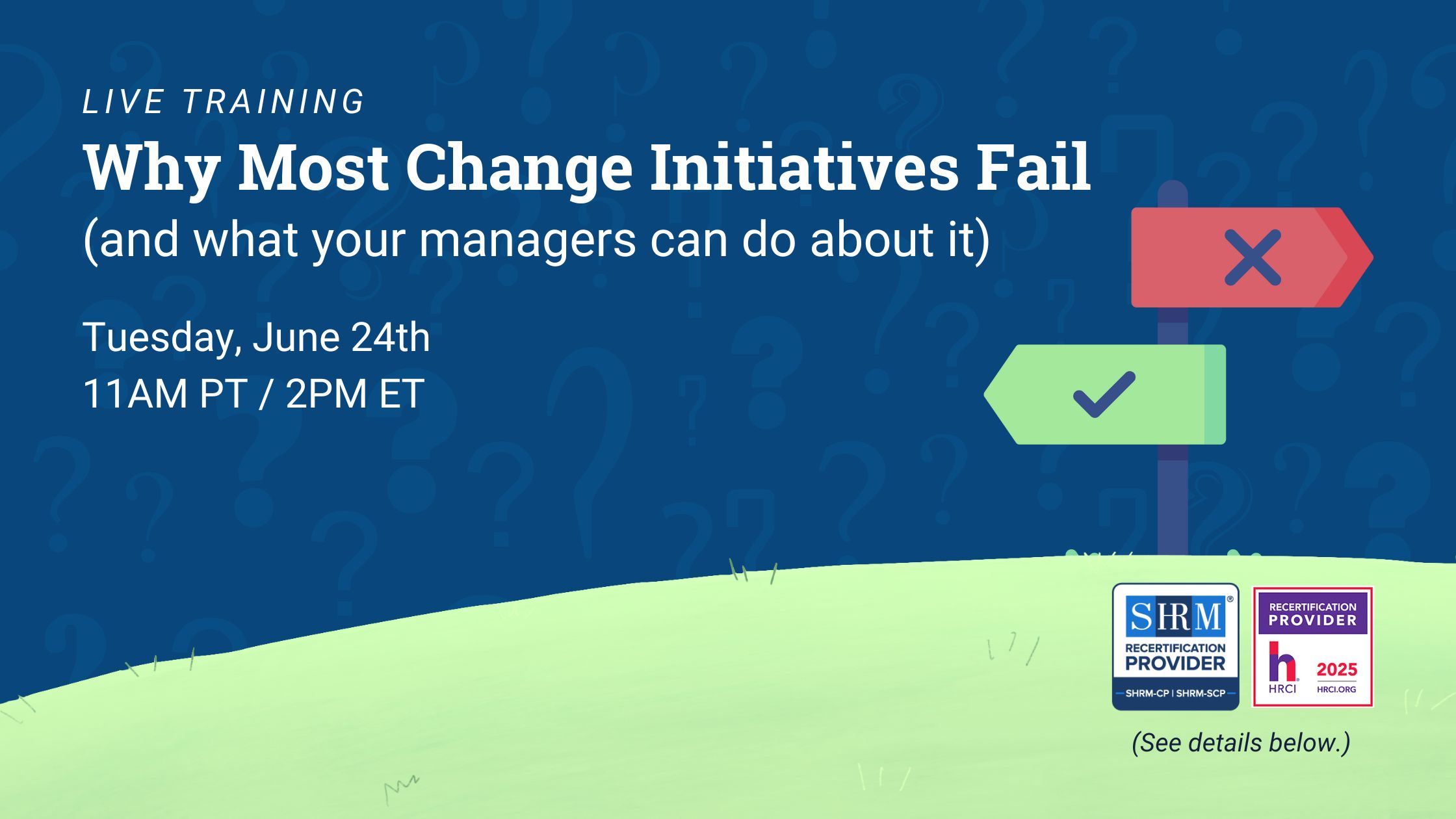Succession planning—a process for creating and maintaining a talent pipeline—is a necessary part of talent management, and is something you’ll appreciate having done especially when faced with a sudden, unexpected event. While the process is not complicated, following these seven steps to succession planning will ensure an outcome with a greater potential of acceptance by all those affected by the change, as well as a better opportunity for business continuity.
Who should participate in succession planning?
Typically the succession planning team consists of the C-Suite, board of directors, and senior management, in addition to human resources. Be sure to alert team members that their participation will be required before you begin the process.
The Seven Steps to Succession Planning
1. Define the goals and objectives of your succession plan
Your team will need to determine what outcomes are desired from the plan. By defining the desired outcomes, you’ll be able to measure the success of the initiative. Usually succession planning goals include business continuity, talent retention, internal mobility (supported by learning and development), corporate culture, and those relating to costs and expenses.
2. Assign roles and map out responsibilities for creating and maintaining the plan
Determine what roles will be played by each member of the core team. You’ll need to consider responsibilities related to designing and implementing the plan at the outset, measuring the data and outcomes after implementation, and maintaining processes in each department throughout the year that are integral to the plan’s ongoing success. Some may take a role of oversight and approval, while others—such as department heads—may be more involved with developing talent and identifying employees for more senior roles. Similarly, human resources staff might be responsible for administrative tasks and materials that would normally fall within their purview, such as tracking open positions, organizing meetings, and educating staff.
3. Draft the succession policy
Having a policy in place will mean that any future member of the succession planning team will be able to follow the procedures you put in place now. In addition to outlining the procedures, the policy should identify its purpose (or goals). Keep in mind the various scenarios where this policy may be used, including planned and unexpected vacancies, as each type may call for different strategies.
4. Identify key roles and develop a list of potential succession candidates
An organizational chart will help you to identify the roles and reporting structures, which you can then view with an eye toward your business goals. These goals will inform your future workforce needs and help you to determine what roles to include in your succession plan to minimize disruption and ensure continuity.
Once the roles have been identified, map employees’ skills and experience to find talent who could be a fit for those roles, either now, or with upskilling. Leadership development training and coaching programs can help talent discover their suitability for more senior roles and foster empowerment and drive to help the company succeed. Such programs can also help retain motivated talent.
When identifying key talent and those who may be on a leadership track, be aware of conscious or unconscious biases, particularly toward protected classes, that may affect selections.
While you may have designated whom you’ve deemed the best fit for the key roles, those selections won’t matter if the talent isn’t interested in them. Have meetings with them to gauge their motivation to pursue the opportunities.
5. Consider talent development and acquisition as important parts of your succession plan
Existing talent should be nurtured and outside talent hired based on your succession plan. Having upskilling programming and coaching and/or mentoring opportunities in your organization will make it easier to develop employees’ careers, which will help not only with retention but also to equip those on a leadership track with the necessary skills for future roles. At the same time, such programming can help attract new talent, as they learn that they will have a path toward increased and new responsibilities and more senior roles to develop their careers with you.
When you do need to hire outside the organization, consider your goals for leadership diversity. Making hires that align with your succession plan will ensure a diverse leadership team in the future.
6. Track your plan and measure outcomes
You will have identified the goals and metrics in the first step of this process. Now is the time to measure the strength of your plan. Regularly check your data, such as how each vacancy has been filled and whether it was filled by someone internally or outside the organization. Also look at how successful those placements have been, in addition to retention and turnover rates, and talent costs. Based on the data, as well as any major organizational changes, you’ll be able to determine whether adjustments or improvements to the plan are necessary.
7. Be transparent about the succession planning process
Carefully and clearly communicate with your employees the intentions around your succession plan so that they understand its benefits to the organization as a whole and to each individual within. This is a good way to discover members of your organization who may be interested in growing with the company and developing leadership skills.
Once the plan is in force and you have learnings, share them with your employees to remind them of your commitment to developing talent within.
In summary
Following these seven steps to succession planning will make it easier to process each subsequent change your organization encounters. Aligning your team, having buy-in on the policy, roles, and potential candidates, and incorporating the plan into your employee lifecycle will help you attract and retain employees and create and maintain the right leadership for your organization. If you are building a succession plan and want to have the right career development resources in place for your employees, INTOO can help. Contact us to learn how we can build a customizable solution for your organization.
Robyn Kern is a seasoned business writer who has written in the HR, education, technology, and nonprofit spaces. She writes about topics including outplacement, layoffs, career development, internal mobility, candidate experience, succession planning, talent acquisition, and more, with the goal of surfacing workforce trends and educating the HR community on these key topics. Her work has been featured on hrforhr.org and trainingindustry.com.











